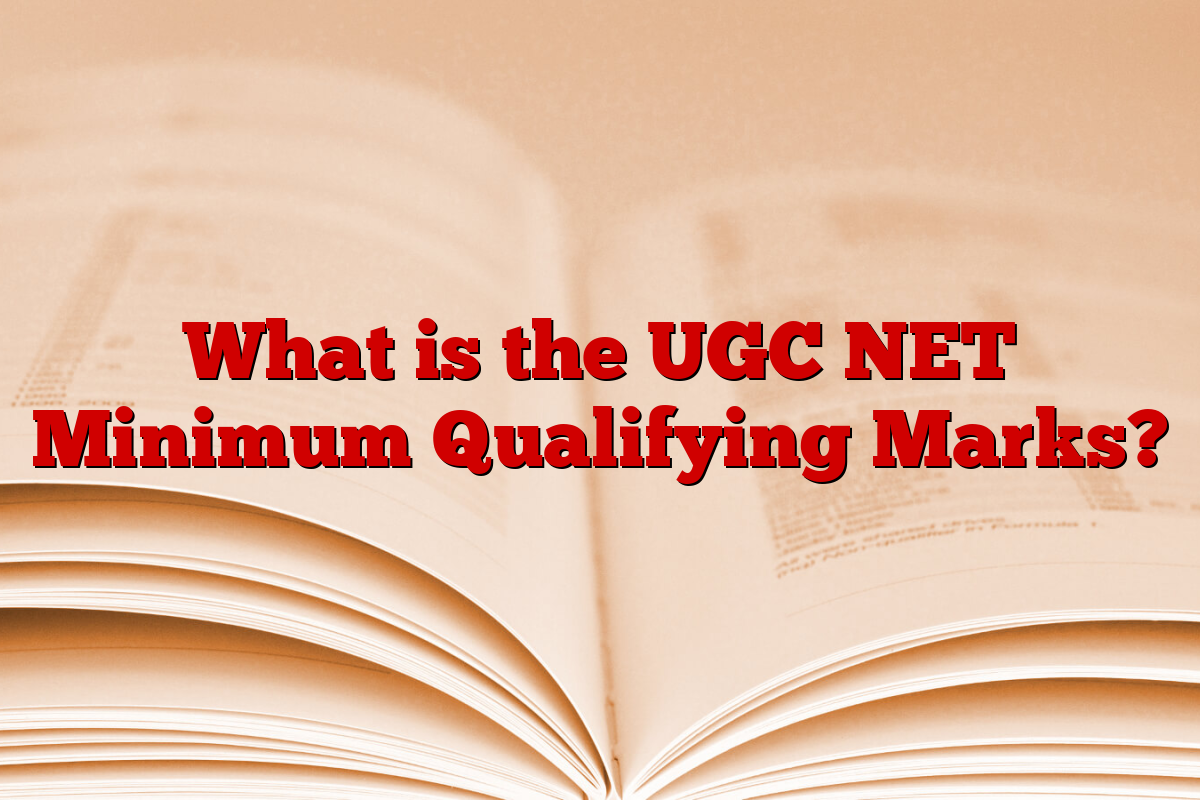The University Grants Commission National Eligibility Test (UGC NET) is a prestigious national level examination that makes candidates eligible for academic posts such as Assistant Professors, PhD Entry and Junior Research Fellowship (JRF), which enable them to pursue their research aspirations. To succeed in this exam, candidates must understand the minimum qualification marks, which differ in different categories and paper formats. This article provides a wide breakdown of these essential qualification criteria to help the candidates effectively prepare.
UGC NET minimum qualifying marks: observation
UGC NET represents the minimum qualifying marks threshold score, candidates will have to receive to qualify for major educational opportunities, including:
- Assistant professor eligibility
- PhD program entry
- Junior Research Fellowship (JRF) Awards
These marks are determined by the University Grants Commission (UGC) on the basis of exam difficulty, candidates performance and category-wise reservation. Candidates should meet different cutoffs for this:
- Paper I (General Teaching/Research Qualification)
- Paper II (subject-specific knowledge)
UGC NET minimum qualifying marks for Paper I and Paper II
The UGC NET exam consists of two papers: Paper 1 and Paper 2. Both papers are held in the same session and are mandatory for all candidates. UGC qualifies for NET, candidates should secure minimum qualifying marks in both Paper 1 and Paper 2. Minimum qualification marks are determined by the UGC and are based on the category of the candidate. The minimum qualification marks are as follows:
Paper I (General Paper)
- normal range: 40%
- OBC (Non-Creeme Layer)/PWD/SC/ST Category: 35%
Paper II (Subject-specific paper)
- normal range: 40%
- OBC (Non-Creeme Layer)/PWD/SC/ST Category: 35%
UGC NET Qualifying Marx Category
UGC NET qualifying marks are comfortable for reserved categories candidates. Below is a table that provides the minimum qualification percentage for each category:
| Social class | Paper I | Paper II |
|---|---|---|
| General | 40% | 40% |
| OBC | 35% | 35% |
| SC/ST/PWD/Transgender | 35% | 35% |
| EWS (Economically weak section) | 40% | 40% |
UGC net cut-off marks determination
While UGC NET minimum qualification marks are predetermined, the actual cut-off marks may vary each year. The cut-offs are determined based on several factors, including the total number of candidates, their overall performance and the difficulty level of the examination. The final cut-off marks are released with UGC NET results.
- Number of candidates: The total number of candidates appearing for the exam plays an important role in determining the cutoff. High competition can lead to high cutoff.
- Difficulty level of examination: If the examination is considered more difficult, the cutoff marks can be reduced, and vice versa.
- Number of Vacancies: The number of vacancies available for Assistant Professor and JRF also affects the cutoff mark. Less vacancies can result in high cutoff.
- Cutoff trends last year: NTA also considers cutoff trends from previous years to maintain stability in the selection process.
sharing is Caring!

